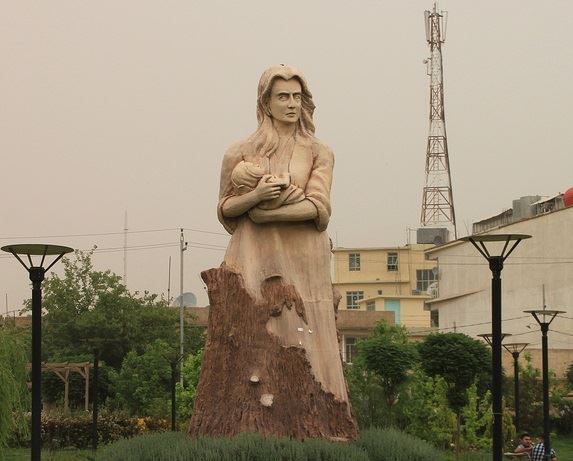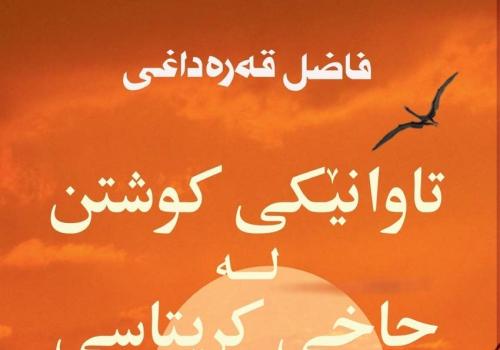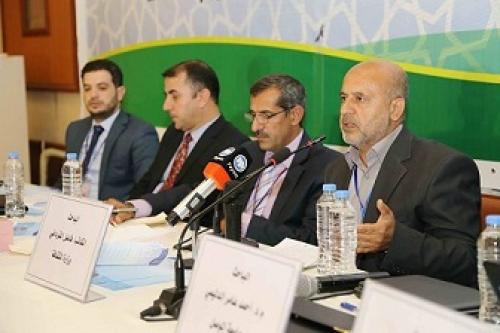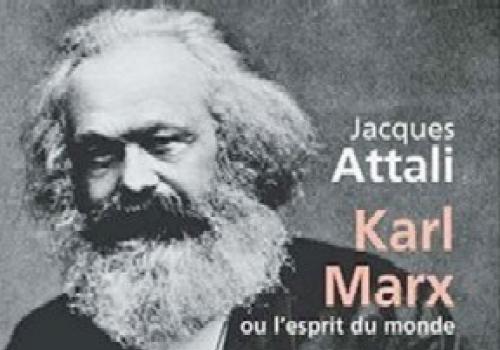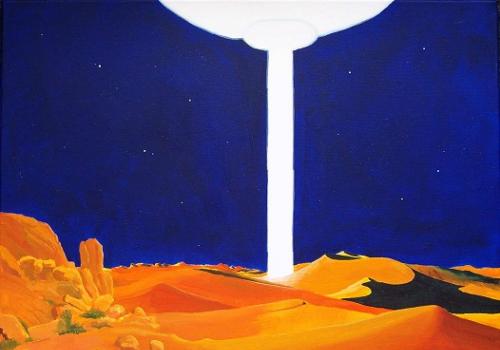| |||||
| |||||
Lucy Westenra is here in Sulaimania! Fadhil Qaradaghi It was around 1977 or 1978—I was very young—when I first read a short (but marvelous) translation of Dracula. Last month, in January 2015, about 35 years after reading that abridged version, I finally finished the full text in English. Four years ago, I lived near a charming little park called the Park of the Mother. At its heart stood an immense statue of a woman holding her child. Last month, while strolling up the street beside the park, I found myself glancing at the trees and the grass on the opposite side. My gaze shifted upward to the statue, and I stopped in my tracks. A thought struck me: She is Lucy! It wasn’t the first time I had looked at the statue or critiqued its design, but this time was different—I had recently read, or was still reading, Dracula. The statue suddenly reminded me of Lucy Westenra, the beautiful young woman pursued by Dracula. After her death, she was transformed into a vampire, resting in her tomb during the day and roaming after sunset to prey on children. The image of Lucy, pale and spectral, carrying a child as she returned to the graveyard, is one that lingers hauntingly in the mind. The statue in the park has often been criticized by local artists, yet it remains there, still capable of frightening children. To me, despite its somewhat hard and severe expression, it felt different this time. It was strangely comforting to see something that reminded me of a story I hold dear. Dracula is a novel I love deeply, and now I’m reading it for the second time—or third, if I count that early translation. http://www.zagros.org/content/english/english-2015-02-20-001.html
https://www.facebook.com/fadhil.qaradaghi/photos/a.795515773835275.1073741828.750791351641051/795515703835282
19-02-2015 www.zagros.org/english-news-2016-05-27-191804 13876 views |

